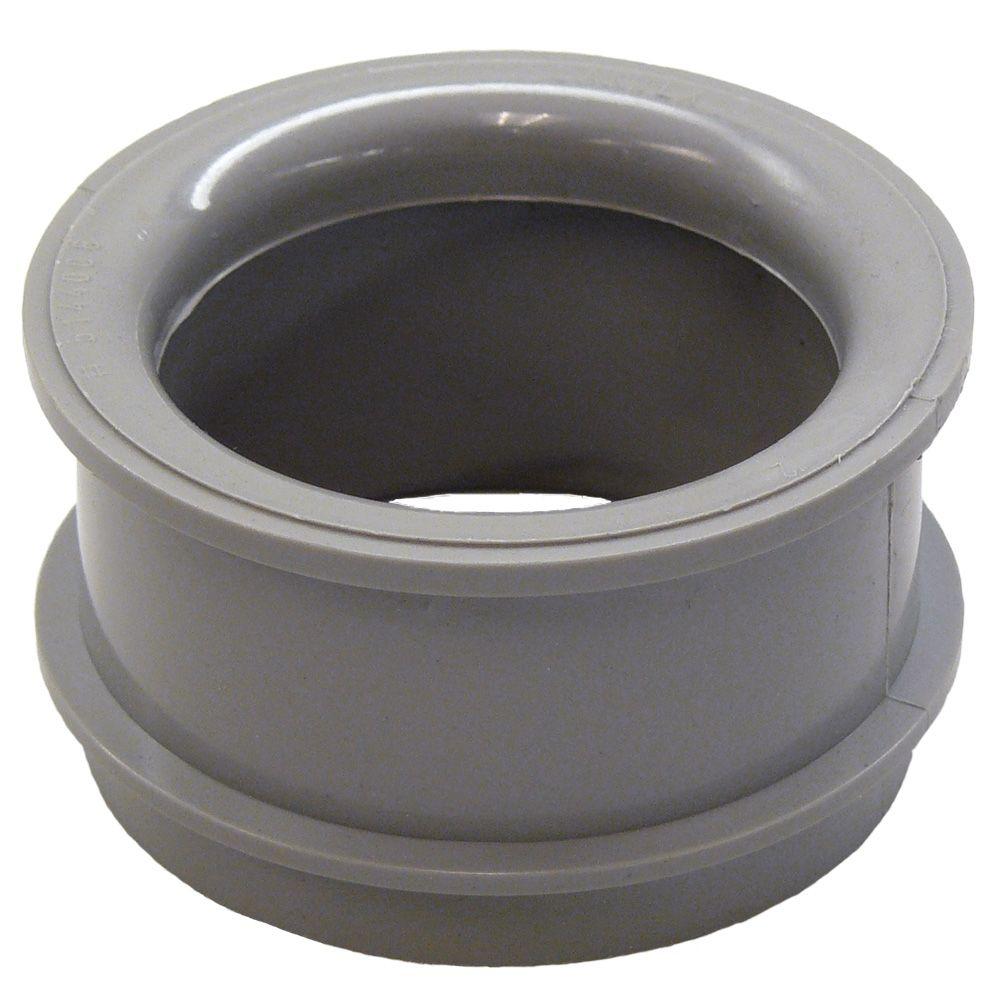Ok, I'll try to explain as best as I can.
Basically I have a space above my electrical box that leads into the unfinished section of the basement, with a bunch of electrical wire running through.
As it happens I periodically want to run a new cable through this space, and it's a pain in the butt every time to get the glow rod through.
Question: Can I put some flexible conduit up there to provide an easy raceway for future Romex runs? It wouldn't terminate in a box, it would just be there to be an easy pathway for rods or tape in the future and fully insulated Romex would go through it.



